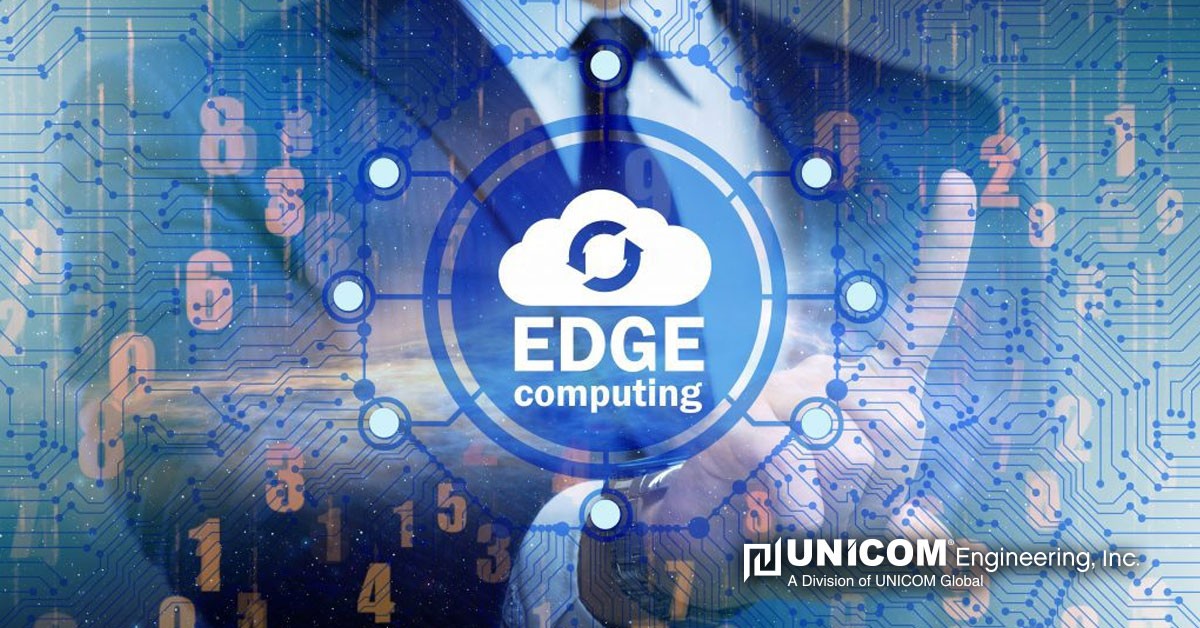One common misconception about Edge computing is that it's built on brand-new technology. In reality, companies have been putting servers in locations outside of data centers for years, and retail, military, and some manufacturing sites are prime examples.
That said, it used to be that users didn't expect much in the way of access to applications in the field, let alone need them to perform at high speeds. However, thanks to today's modern age of remote work and IoT, users now demand performance that was once only possible inside the office.
The Need for Edge Computing Simplicity
Industry analysts say more than half of all new IT infrastructure will be placed in Edge locations by 2023. What's more, 90% of all new operational processes will be deployed there. Therefore, for most organizations, it's not a question of if their Edge infrastructure will become mission-critical but when.
As one might guess, the demands on Edge Computing are becoming on par with or even more significant than those of core data center servers. And if there's one thing that Edge demand has created, it's increased complexity. To keep pace with the needs of 5G and the growth of devices, many companies have accumulated more Edge equipment in more places than ever. And this uncontrolled growth has created environments that are challenging to manage and scale.
In response to this rising tide of Edge Computing complexity, Dell Technologies offers a three-part simplification approach:
1. Data Consolidation & Streamlining
Many IT leaders have seen a growth in the volume of their Edge servers and other appliances, and, in many cases, they operate in independent silos. Unfortunately, this growth pattern has created ever-increasing complexity with more servers in remote places that do not talk to each other. In response, Dell Technologies suggests consolidating hardware which simplifies management and creates opportunities for better scaling.
2. Improved Edge Security
With an organization's critical computing assets hosted outside the data center, organizations need to tighten and strengthen their security efforts. After all, Edge devices are now performing tasks once safely handled by servers at a central core, but with possible alteration to physical security requirements and IT Staff oversight access.
3. Overcoming Latency & Environmental Challenges
In addition to being secure, Edge appliances need to accomplish two critical tasks: perform in harsh environments and low-latency high-speed performance. As the demand for more computing continues to push outward, servers must perform in more and more places, from satellite offices to orbital satellites. And today, as mentioned, simply providing access to current and new applications is no longer acceptable. Instead, they need to perform as well as, if not better, than in the data center.
Latest Dell Offerings for Edge Computing:
Dell EMC PowerEdge XE2420 Short-Depth Servers
This family of servers is designed to provide a low-latency solution in a smaller form factor to accommodate retail and streaming applications at the Edge. Each machine packs the latest Intel Xeon processors into platforms designed to scale and perform in tight locations while handling the environmental demands of non-data center locations.
Dell EMC PowerEdge XR Rugged Servers
These machines cater to the needs of military and industrial installations. Therefore, they're designed to tackle harsh environmental factors like heat, vibration, dust, and shock. These machines are hardened to handle whatever the environment throws at them, from the most remote military installations to the factory floor, while providing the latest processing and storage necessary at the Edge.
Dell EMC PowerStore Scalable Storage
This family of storage appliances offers scalable, purpose-built storage for various Edge and core applications. They are deployable in single and clustered configurations. To handle the unprecedented amounts of data generated by IoT devices, Dell EMC PowerStore can easily manage local storage requirements and automate data replication with the cloud or core data center.
Dell EMC VxRail Hyperconverged Infrastructure
For hyperconverged environments, Dell Technologies has teamed up with VMware to provide an optimal hybrid cloud experience. The Dell EMC VxRail Hyperconverged Infrastructure combines the power and scalability of Dell EMC PowerEdge servers with Kubernetes-based development and testing tools like VMware Tanzu, Amazon EKS Anywhere, Redhat OpenShift, and Google Athos.
Dell Streaming Data Platform
This out-of-the-box software platform enables enterprises to capture and leverage real-time, unstructured data in a singular architecture. With this unified approach, developers can harness multiple data streams and create applications that deliver new business insights.
To Streamline Your Edge, Start with UNICOM Engineering
Each of these solutions can power the Edge and serve as the basis for your next-gen Edge solutions.
UNICOM Engineering is a Dell Technologies Titanium OEM Partner and has had the pleasure of being named Dell Technologies Americas OEM Partner of the Year for three consecutive years. Our team is highly skilled and ready to power your solutions with Dell Technologies' industry-leading portfolio to deliver unique solutions with incredible speed and reliability. To learn more about how we can help you drive your solution to market faster, watch our Why Build on Dell Video or visit our website to schedule a consultation today.
